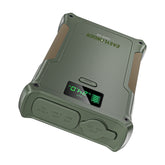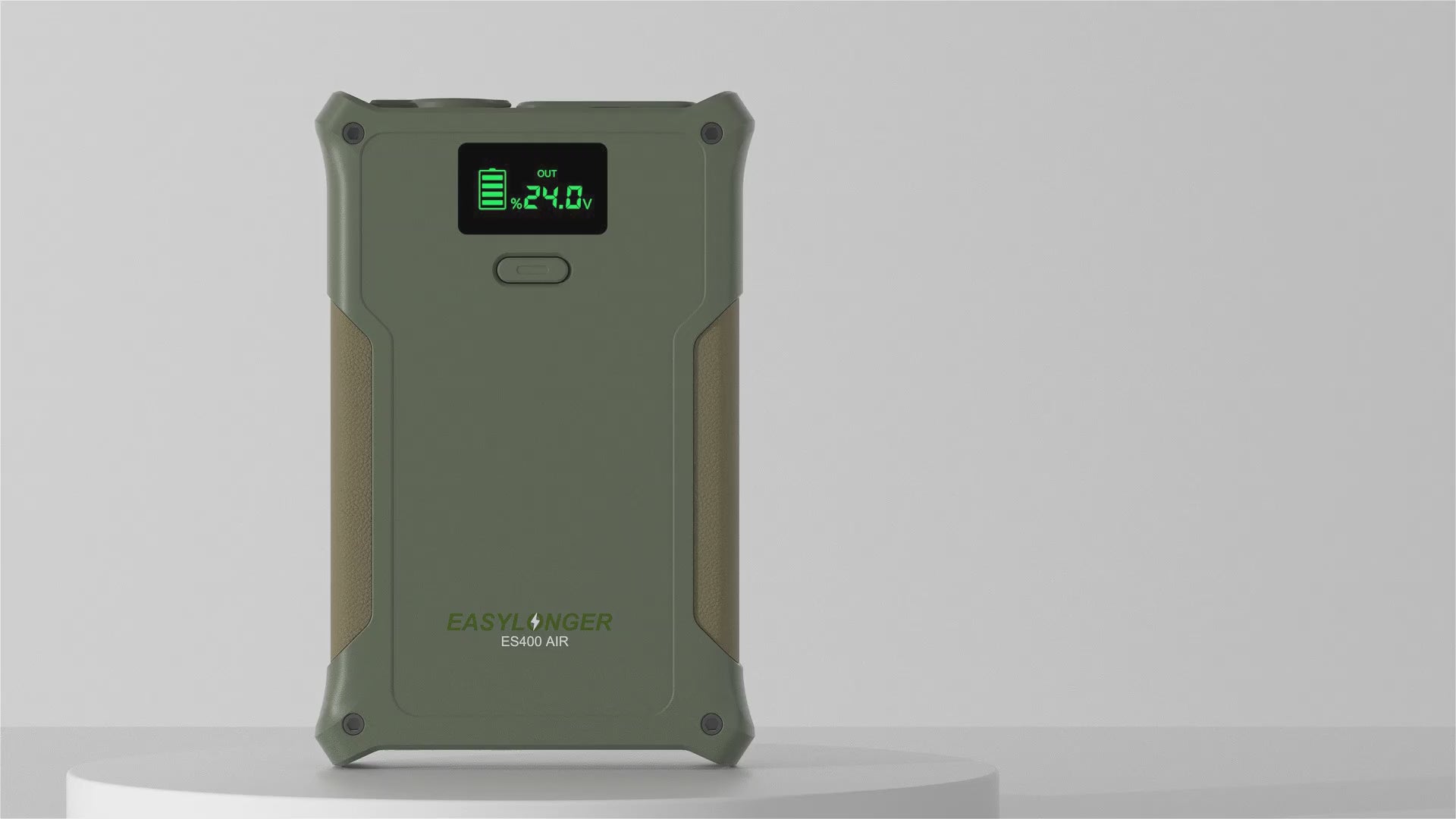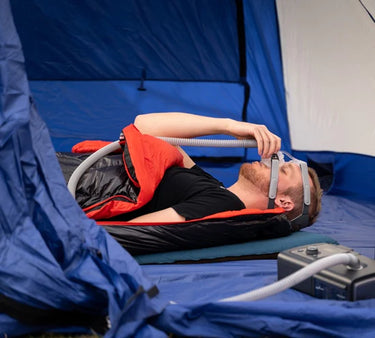7 Common CPAP Side Effects and How to Manage Them
7 Common CPAP Side Effects and How to Manage Them
CPAP (Continuous Positive Airway Pressure) therapy is an effective treatment for sleep apnea, but some users may experience side effects. Here are seven common CPAP side effects and tips on how to manage them effectively.
1. CPAP Headaches
Causes
High CPAP pressure, nasal congestion, or an overly tight headgear can cause headaches.
How to Manage
Allow time to adjust to the therapy, stay hydrated, and consider using over-the-counter pain relief. You can also apply hot or cold packs to ease the discomfort.
Prevention Tips
Use a heated humidifier, keep your sinuses clear, ensure the mask fits well, choose the right mask for your face, and consult with your doctor about pressure adjustments.
Recommended Products
Heated Humidifiers, Heated Tubing, Heat/Ice Packs
2. Skin Irritation
Causes
A dirty mask, tight headgear, allergies, or prolonged exposure to moisture may lead to skin irritation.
How to Manage
Treat skin irritation early by identifying the irritant, keeping the area clean, using soothing treatments like ice or heat, and consulting with a doctor if needed.
Prevention Tips
Ensure proper mask fit, regularly clean your CPAP equipment, and consider using comfort accessories like mask liners.
Recommended Products
Mask Liners, CPAP Strap Pads, Soothing Skin Creams
3. Claustrophobia
Causes
Wearing a mask may trigger feelings of claustrophobia, especially if the mask is too large or poorly fitted.
How to Manage
Gradually get used to wearing your mask during the day, and use relaxation techniques such as deep breathing or meditation to help ease anxiety.
Prevention Tips
Choose an open-style mask like a nasal pillow mask or nasal cradle mask, and increase the time you wear it while awake.
Recommended Products
ResMed AirFit P10, Philips DreamWisp Nasal Mask, Sleep Meditation Apps
4. Shortness of Breath
Causes
It may be difficult to exhale against the continuous airflow from the CPAP machine, especially with higher pressure settings.
How to Manage
Focus on breathing calmly, try distraction techniques, and consider adjusting the CPAP settings to reduce the pressure or using an APAP (auto-adjusting pressure) machine.
Prevention Tips
Set your machine to a comfortable pressure and consider CPAP accessories that improve comfort.
Recommended Products
V-Com CPAP Comfort Device, Adjustable Chinstraps
5. Dry Mouth
Causes
Mouth breathing or dry air from the CPAP can lead to a dry mouth.
How to Manage
Drink water before bed, use moisturizing mouthwash, and avoid dehydrating substances like caffeine or alcohol.
Prevention Tips
Try using a chinstrap or mouth tape, switch to a full-face mask if you tend to breathe through your mouth, and add a heated humidifier to your CPAP setup.
Recommended Products
Full Face Masks, Chin Straps, Heated Humidifiers
6. Dry Nose
Causes
Dry or cold air, or adapting to a nasal pillow mask, can cause nasal dryness.
How to Manage
Stay hydrated, use saline nasal spray, or apply a nasal gel to soothe irritation.
Prevention Tips
Adjust your humidifier settings, use heated tubing, or apply lanolin-based products to your nose.
Recommended Products
Heated Humidifiers, NasoGEL, Heated Tubing, Sinus Rinse, Lansinoh Lanolin Cream
7. Bloating and Gas
Causes
Excess air swallowed during CPAP use, mouth breathing, or high exhalation pressure can cause bloating and discomfort.
How to Manage
Move around to relieve gas, try over-the-counter treatments for bloating, and use heat to alleviate discomfort.
Prevention Tips
Wear a chinstrap or mouth tape, adjust expiratory pressure, try a different mask, or consult with your doctor about switching to an APAP machine.
Recommended Products
Adjustable Chinstraps, V-Com CPAP Comfort Accessory
Conclusion
While CPAP therapy can cause some side effects, the benefits of improved sleep quality far outweigh the discomforts. Most side effects can be managed by adjusting your mask, pressure settings, and accessories. If side effects persist, consult your healthcare provider for further guidance and adjustments.















